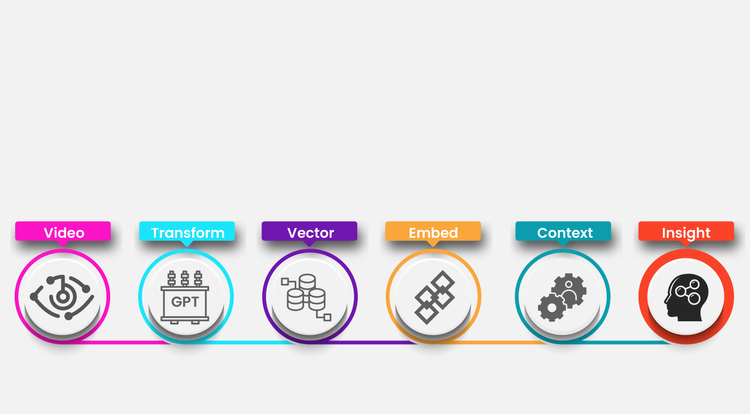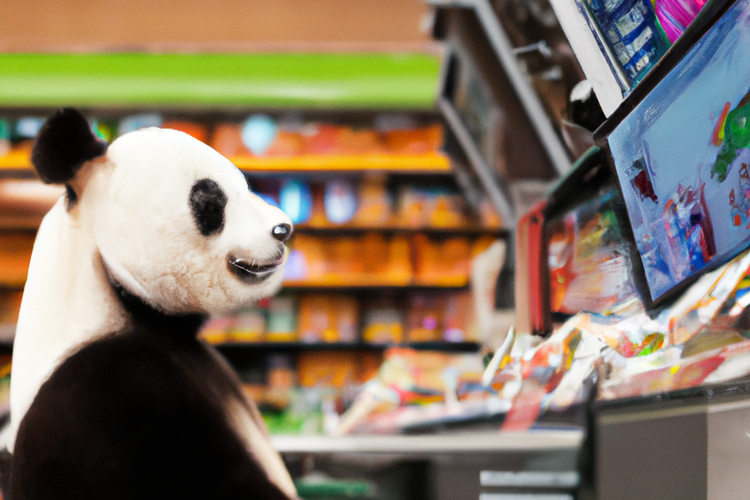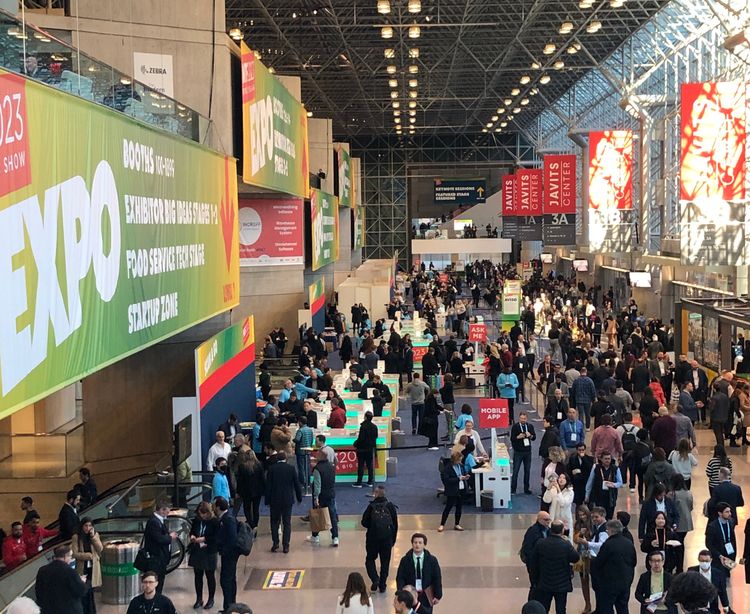Just Walk Out or Stay & Shop?
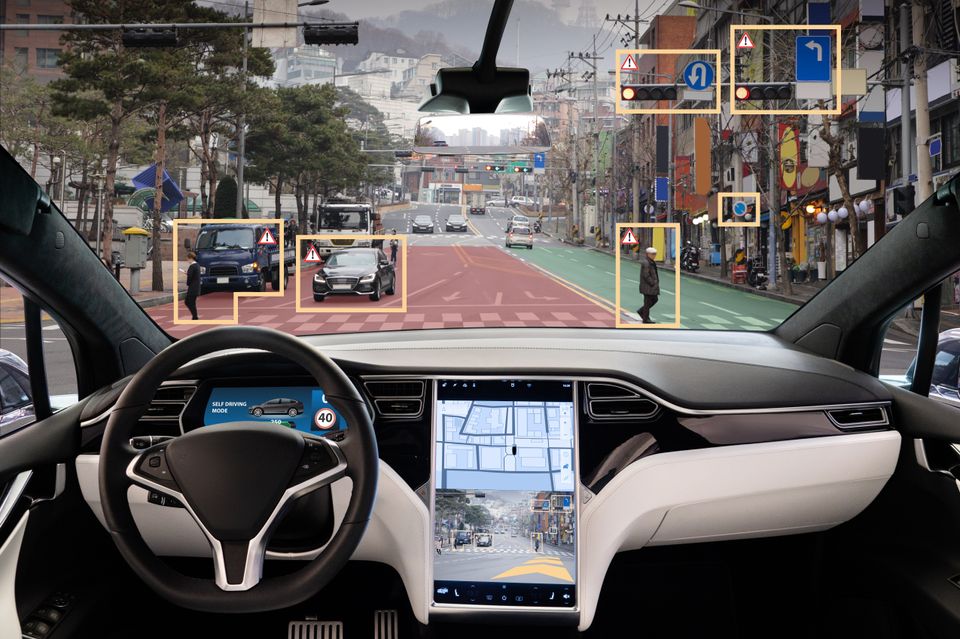
While frictionless shopping experiences such as Amazon’s Just Walk Out service have been grabbing headlines and generating a lot of hype around in-store computer vision systems, such a big-bang approach is simply out of line with the strategy of most existing brick-and-mortar retailers.
Think of the frictionless store as being analogous to a self-driving car; cameras and other sensors combine to reduce the effort required on the part of the operator. The onward march of these systems seems relentless and inevitable, however in the same way that there are legislative, technological, cost, and even ethical obstacles preventing self-driving cars becoming the norm, these same blockers have kept the number of walk-in-walk-out stores to only a handful worldwide.
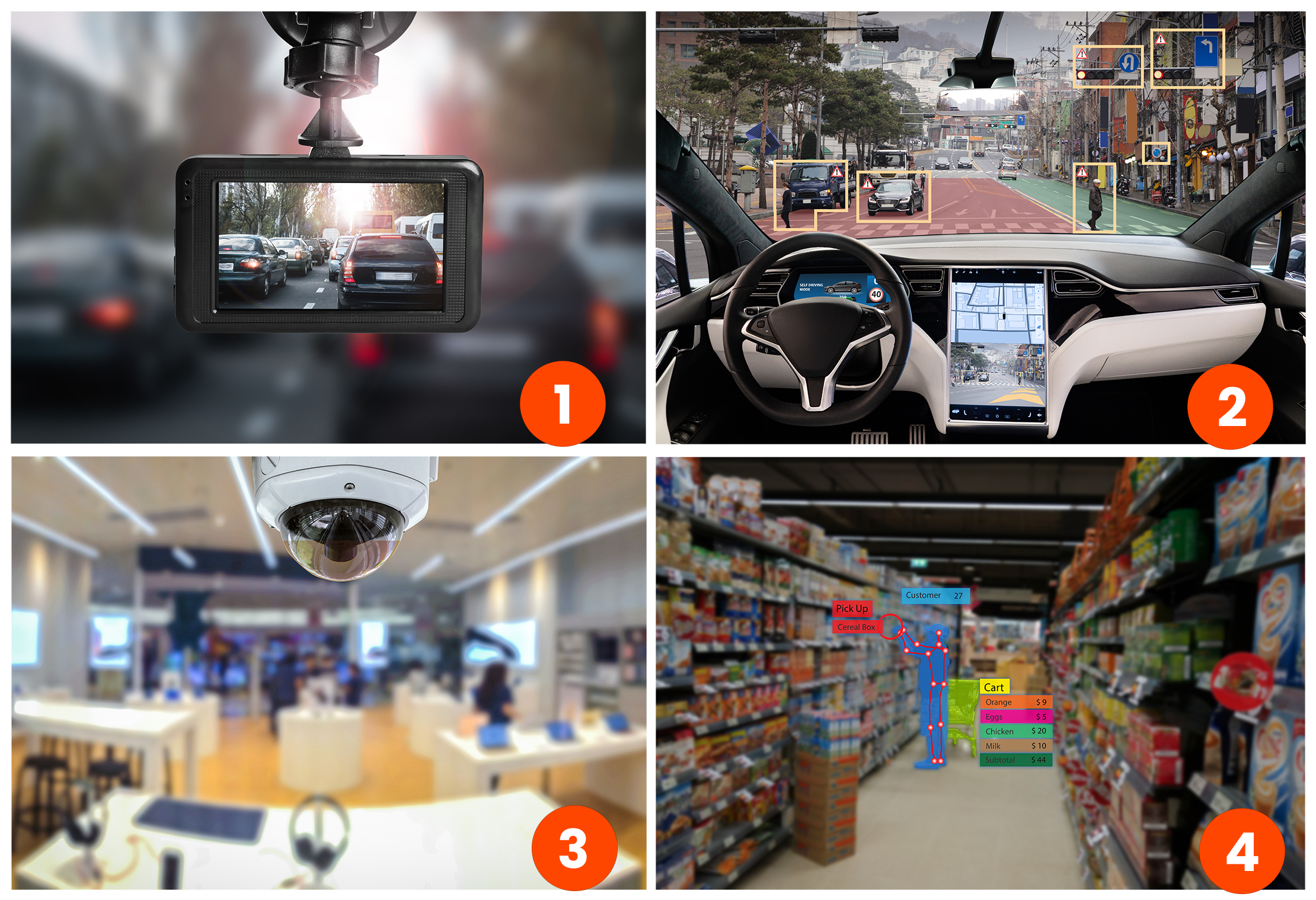
- Installing a dashcam in your car lets investigators understand the events leading up to an accident to better understand what went wrong.
- Embedding cameras into the car’s control systems paves the way towards safe and efficient self-driving vehicles.
- In the same way, in-store CCTV systems allow for retrospective analytics and incident investigation.
- Using the same cameras as inputs to a real-time computer vision platform can help uncover efficiencies, improve colleague and customer safety, and ultimately boost bottom-line profitability.
The Power of In-store Computer Vision Systems
Watching the world through a camera lens offers the viewer a unique perspective. The eye begins to see things that were not noticed before. Letting Artificial Intelligence examine the same visual data flow not only draws out what was previously unseen, it uncovers patterns and behaviours that the human eye could never possibly identify. This is the power of computer vision systems.
A step-wise process for deploying computer vision, targeting specific tasks or business needs, means that retailers can make small investments and closely measure the returns they make, while carefully managing any impact on existing infrastructure.
Whether you are interested in gathering anonymised customer journey data or actively improving the in-store experience, computer vision has an important part to play. The potential applications for the technology touch on every aspect of running a retail business, from staff safety through to stock management.
Computer vision is not just a technology for the here and now - it underpins many applications that will help stores evolve into the future, even in ways that are not fully recognised today.
Predict
Artificial intelligence and machine learning systems gather data that can help businesses make highly accurate predictions and thereby improve responsiveness. Cameras as sensors can monitor people entering and leaving a store, as well as mapping how they interact with products, displays and other fixtures. This data can prove vital to maintaining effective staffing levels and ensuring optimal stock availability.
Protect
Customer injury claims run up huge costs for retailers every year. Computer Vision systems can instantly identify breakages, clutter and other trip and slip hazards, alerting colleagues to take action before anyone gets hurt.
A growing issue in the industry involves violence and aggression directed towards staff. Specially trained algorithms can identify incidents, trigger alarms and initiating remedial action.
Prosper
Profit margins in many industry sectors are notoriously thin. Losses due to planned theft or misuse of customer self-service systems eat directly from the bottom line. These losses can be identified and prevented by intelligent camera systems, providing an instant lift to profitability.
Using anonymised visual demographic data, retailers can target offers and promotions with incredible precision.
Progress
The demise of in-person in-store retail has been widely predicted, yet footfall remains consistent across all formats and sectors. Whatever the future holds, customers will continue to visit shops to see, feel and test products before they buy.
Computer vision systems have the potential to build new ways of quickly engaging with customers, provide sales staff with contextual information and to keep the in-store experience relevant for many years to come.
Conclusion
Computer vision systems have the potential to transform in-store retail, making spaces more engaging and helping staff provide more personalised service. Where walk-in-walk-out systems create a cold and purely transactional experience, properly designed AI systems can create environments the customers enjoy spending time in rather than seamlessly sliding through.


